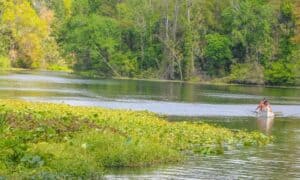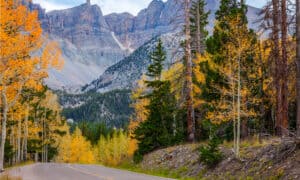The south is home to many of America’s most incredible national parks, and eight of them can be found in Kentucky. They preserve the state’s rolling landscapes and provide safe habitats for native plant and animal species. National parks act as symbols of America and provide perfect opportunities for diving into nature. People visit Kentucky from all over the world to see places like Mammoth Cave and the birthplace of Abraham Lincoln.
In a Western Kentucky University Honors College project, students and professors explored the relationship between national parks in Kentucky and the people who visit them. During your visit to any state park, you may run into foxes, turtles, deer, and hawks. The most prevalent predators in Kentucky’s national parks are bobcats, black bears, and coyotes.
1. Big South Fork National River and Recreation Area

Big South Fork National River and Recreation Area covers 125,310 acres of land.
©iStock.com/Patrick Jennings
| Big South Fork National River and Recreation Area | |
|---|---|
| Size | 125,310 acres |
| Animal to see | Grey fox |
| Attraction to see | East Rim Overlook |
The Big South Fork National Park covers 125,310 acres of land in Kentucky and Tennessee. It protects the land of the Cumberland Plateau and the waters of the Big South Fork. There are sandstone bluffs, gorges, and miles of trails that you can explore. The Recreation Area offers plenty of fun activities to enjoy as well. The area of Big South Fork is over 70 miles long and home to animals such as black bears, raccoons, grey foxes, and bobcats.
2. Camp Nelson National Monument

Camp Nelson National Monument is home to snapping turtles.
©Susan M Hall/Shutterstock.com
| Camp Nelson National Monument | |
|---|---|
| Size | 4,000 acres |
| Animal to see | Snapping turtle |
| Attraction to see | Oliver Perry House |
Originally built as a hospital and supply depot for the Civil War, Camp Nelson was turned into a refuge for African-American soldiers, and enslaved people seeking freedom. Thousands of people fled to Camp Nelson to begin their freedom. Today, it sits as one of Kentucky’s major national monuments. The land that Camp Nelson sits on expands to around 4,000 acres. More than 300 buildings and tents sit on the historical site and can be explored by guests today. One of the more famous buildings is the Oliver Perry House, which acted as the Officers’ Quarters. You might run into white-tailed deer, flying squirrels, or snapping turtles during your trip.
3. Cumberland Gap
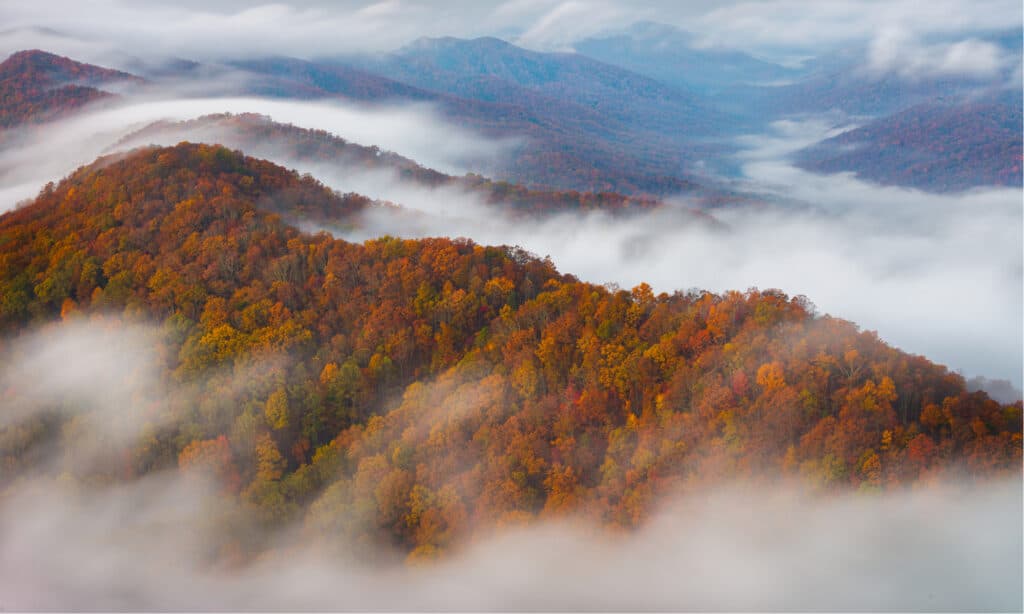
The Cumberland Gap stretches across three states.
©anthony heflin/Shutterstock.com
| Cumberland Gap | |
|---|---|
| Size | 20,508 acres |
| Animal to see | Wild turkey |
| Attraction to see | Bell County Historical Society |
The Cumberland Gap is seen as the start of the West and stretches across three states. Parts of this national park can be found in Kentucky, Tennessee, and Virginia. Pioneers, hunters, settlers, and Native Americans all braved the treacherous wilderness of the region. When you visit the park today, you can enjoy miles of mountain hiking trails and breathtaking scenic views. This vast national park stretches for 20,000 acres. Of that land, 14,000 acres is pure wilderness. The wilderness is home to several animal species. These include black bears, wild turkeys, bobcats, skunks, and hawks. The nearby city of Middlesboro also has plenty to offer, including the Bell County Historical Society.
4. Mammoth Cave
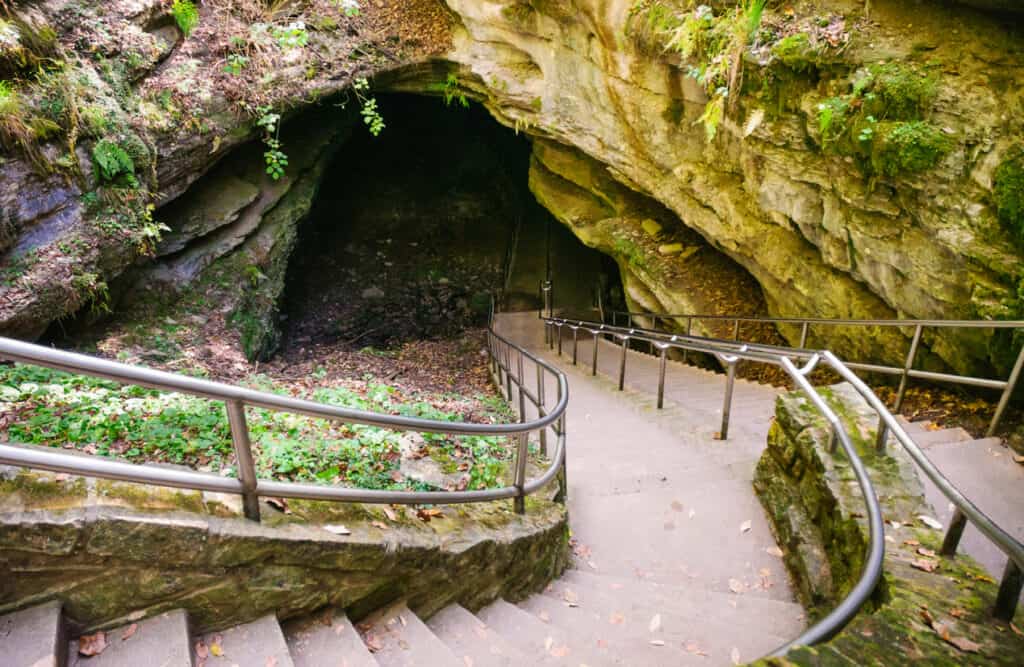
Mammoth Cave National Park is part of the longest cave system in the world.
©iStock.com/zrfphoto
| Mammoth Cave | |
|---|---|
| Size | 52,830 acres |
| Animal to see | Owl |
| Attraction to see | Diamond Caverns |
Mammoth Cave National Park is part of the longest cave system in the world and contains thousands of years of history. The park also features valleys, hills, and diverse wildlife. It’s been named an International Biosphere Reserve and has been given the title of a UNESCO World Heritage Site. The park’s surface area covers 80 square miles, but the total size of the cave system is unknown. So far, over 365 miles of the cave have been mapped out. The area is home to plenty of bats, owls, and woodchucks. There are also guided tours offered for areas like the Diamond Caverns.
5. Abraham Lincoln’s Birthplace

Abraham Lincoln’s Birthplace is home to brown bats, red foxes, and chipmunks.
©iStock.com/mellangatang
| Abraham Lincoln’s Birthplace | |
|---|---|
| Size | 344.50 acres |
| Animal to see | Red fox |
| Attraction to see | The Lincoln Museum |
The birthplace of America’s 16th president, Abraham Lincoln, can be found in Hodgenville, Kentucky. A symbolic birthplace cabin was established as the first Lincoln memorial and paid for entirely by donations. Lincoln’s birthplace has been honored in the area for more than a hundred years and brings in visitors from around the country every year. It encompasses over 340 acres of land and is home to brown bats, red foxes, and chipmunks. You can stop by the Lincoln Museum to learn more about one of the country’s most beloved presidents.
6. Mill Springs Battlefield
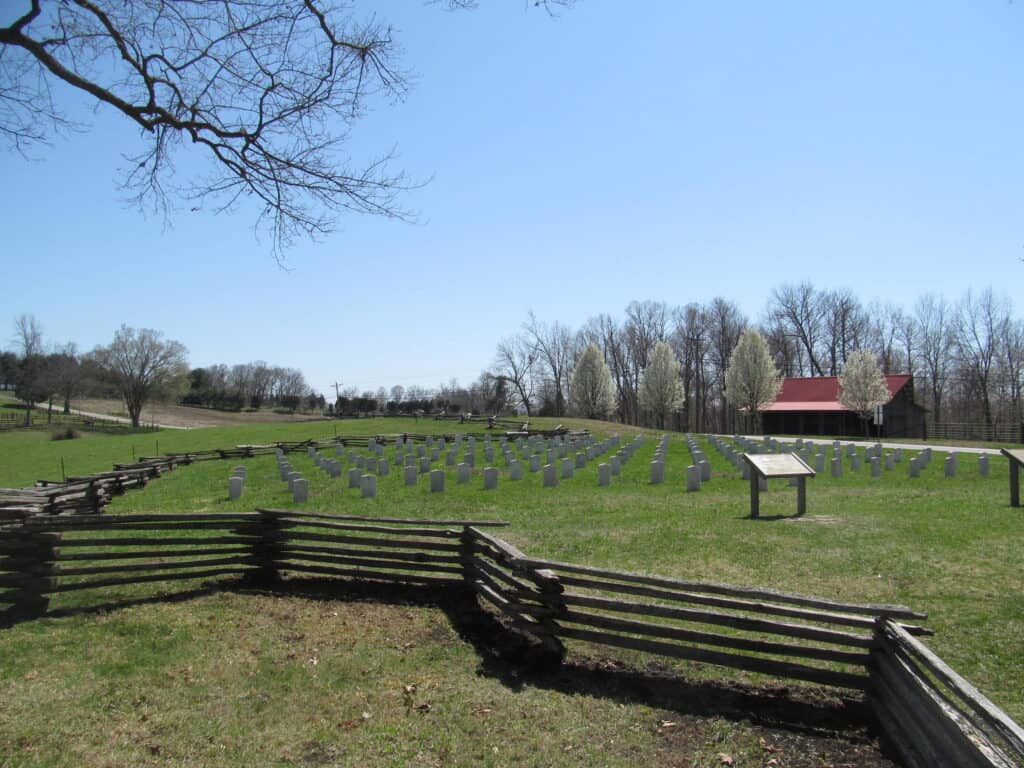
The Battle of Mill Springs site marks a significant victory for the Union during the Civil War.
©Doug Kerr / flickr – License
| Mill Springs Battlefield | |
|---|---|
| Size | 1,459.19 acres |
| Animal to see | Hawk |
| Attraction to see | Zollicoffer Park |
The Battle of Mill Springs site marks a significant victory for the Union during the Civil War. The Union overtook mill Springs during the early stages of the war. Guests can enjoy a rolling hill landscape dotted with remnants of past battles. You are likely to run into some field mice on your visit, including snakes and hawks. Mill Springs National Battlefield area covers more than 600 acres of land. There’s a visitors center on-site showcasing a free film on the park’s history.
7. Trail of Tears
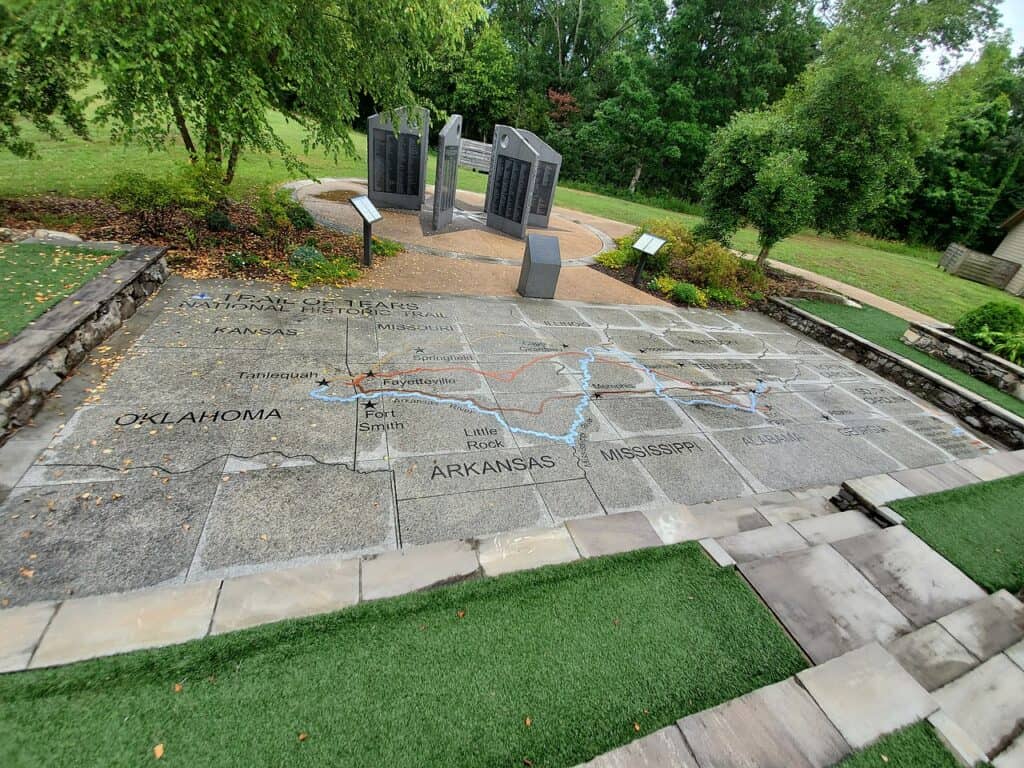
The historical route of the Trail of Tears runs through nine states and covers 2,200 miles.
©It’sOnlyMakeBelieve / Creative Commons – License
| Trail of Tears | |
|---|---|
| Size | 2,200 miles |
| Animal to see | Chipmunk |
| Attraction to see | Trail of Tears Commemorative Park |
The historical route of the Trail of Tears runs through nine states, including Kentucky, and is more than two thousand miles long. Cherokee Native Americans were forced to travel through the land, and their original path is marked as a historic trail today. They had been removed from their original homes in Tennessee, Georgia, and Alabama and forced into territory in Oklahoma. Cherokee people traveled by horse, wagon, steamboat, and foot. The Trail of Tears Sections is also in Illinois, North Carolina, and Arkansas. A memorial park in Hopkinsville is home to a log cabin and some of the few verified gravesites along the trail. You might run into coyotes, bobcats, or chipmunks during your visit.
8. Fort Donelson National Battlefield
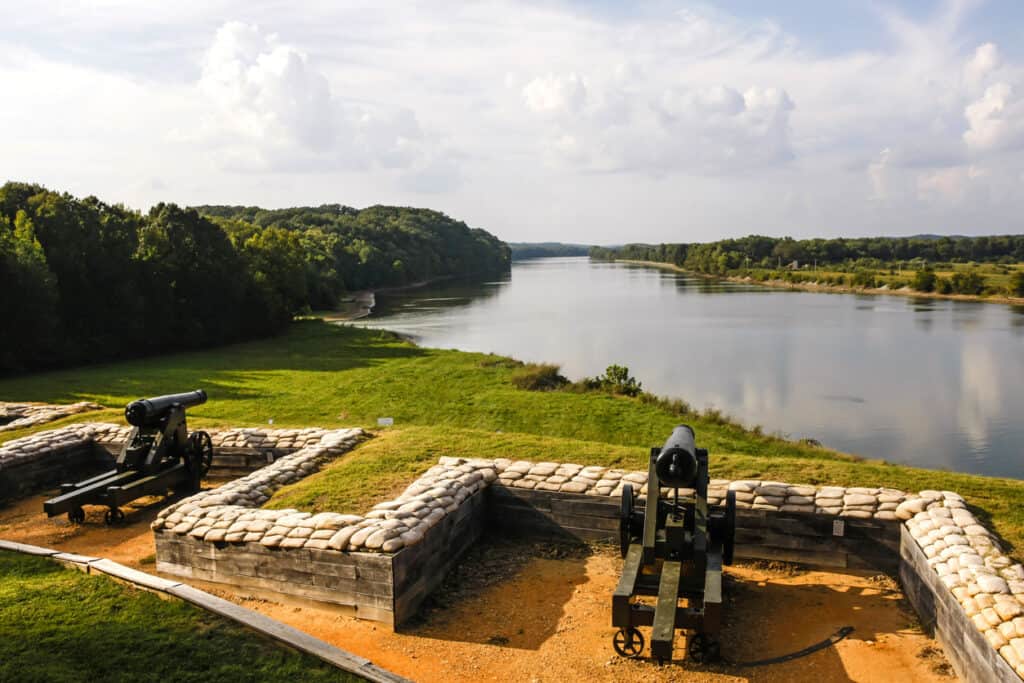
The Fort Donelson National Battlefield holds historical features like water batteries and Civil War-era buildings.
©iStock.com/csfotoimages
| Fort Donelson National Battlefield | |
|---|---|
| Size | 1,319 acres |
| Animal to see | Racoon |
| Attraction to see | Confederate Fort |
Fort Donelson can be found in parts of Kentucky and Tennessee. The Union found a major victory at Fort Donelson during the Civil War. The site where General Ulysses S. Grant accepted the Confederate surrender, the Dover Hotel, can still be visited today. Following Fort Donelson, the Union quickly took Nashville and Clarksville. The Fort Donelson National Park covers over a thousand acres of land and holds historical features like water batteries and Civil War-era buildings. Animals commonly found in this national park include raccoons, foxes, and grey squirrels.
The photo featured at the top of this post is © anthony heflin/Shutterstock.com
Thank you for reading! Have some feedback for us? Contact the AZ Animals editorial team.





